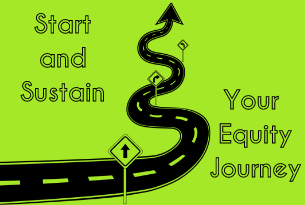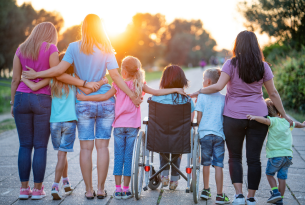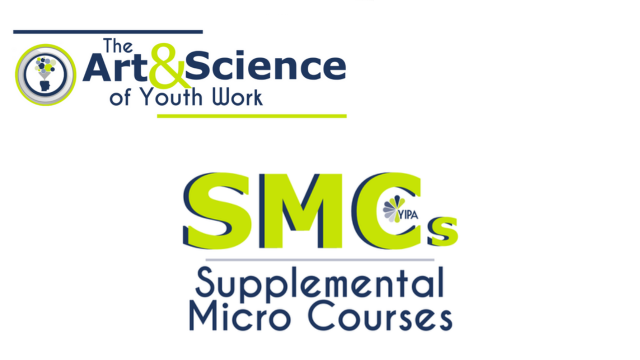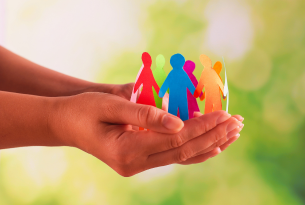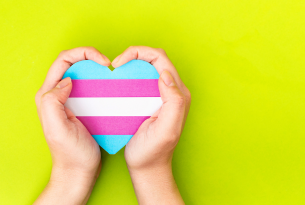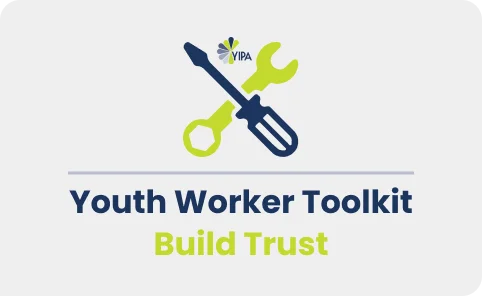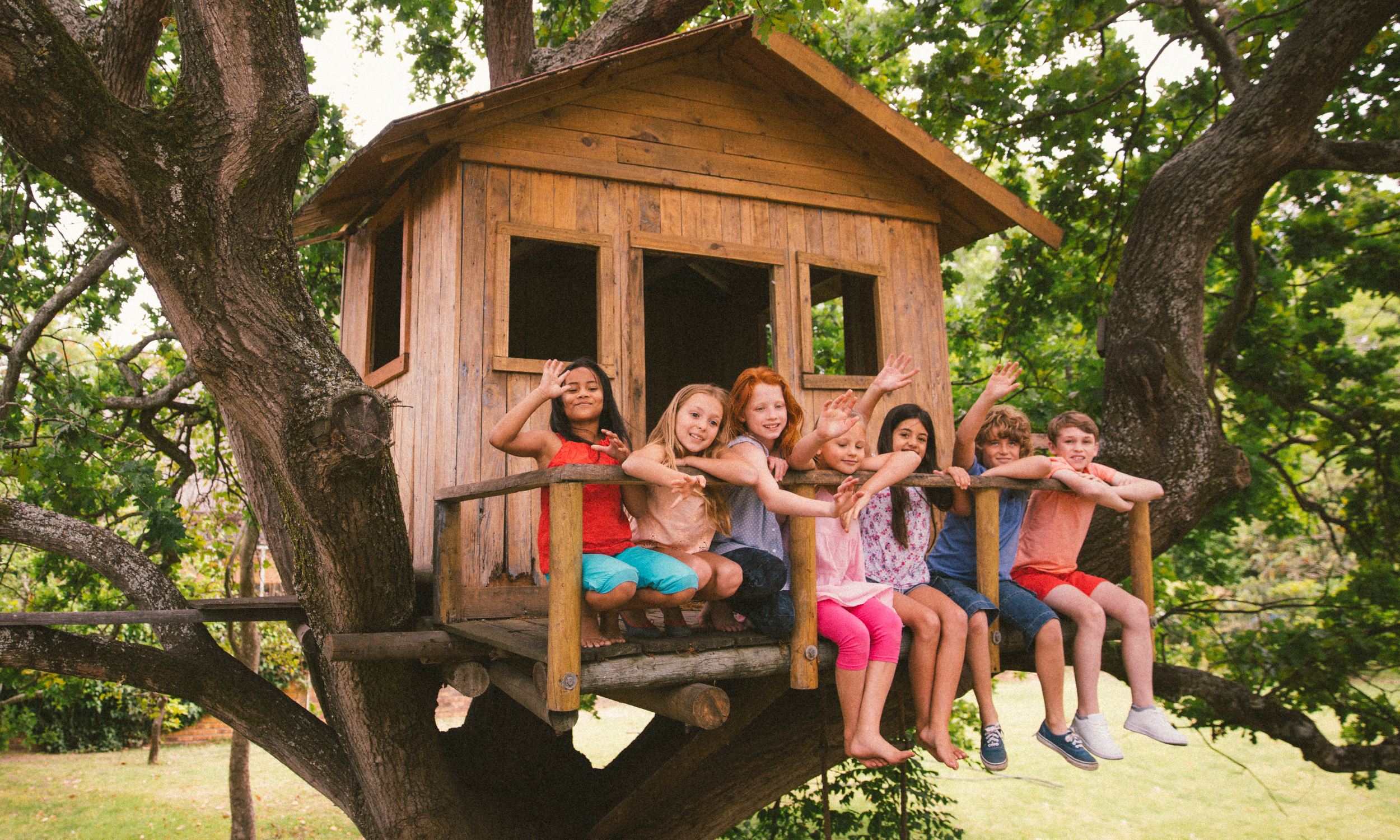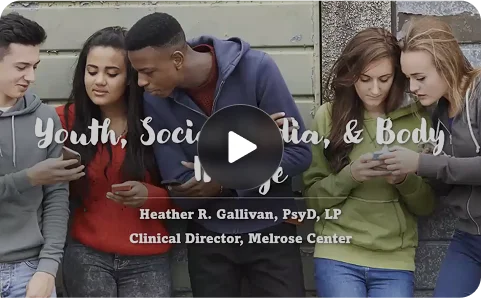Person-Centered Program Planning and Universal Design in Youth Work
Intercultural Engagement
Published on: July 23, 2024
Person-centered program planning and universal design are powerful ideas you can use in your youth programs. These ideas are too often overlooked. But they are helpful tools for ensuring everyone feels welcome and valued.
You may think there are no youth with disabilities in your program, but you could be wrong! Many disabilities aren’t visible. And young people don’t need to share about them if they don’t want to. That’s why it’s important to proactively make spaces inclusive and accessible.
Imagine you’re building a treehouse with your friends. Everyone has different ideas, but you want to make sure it’s a fun place for all. Youth workers do this when they create programs and activities for young people using person-centered planning and universal design.
What is person-centered program planning?
Person-centered program planning is a way of thinking about each person as unique and important. It means listening to the youth you work with. Understand what they like, what they need, and what their dreams are. This helps you plan activities everyone can enjoy.
For example, let’s say someone loves painting and someone else loves soccer. Using person-centered planning, you’d include times for both painting and soccer in your program. Thus, everyone gets to do something they love.
Here are three key benefits of person-centered planning:
- Makes everyone feel valued: When you pay attention to what each person likes and needs, everyone feels valued. It’s like having a treehouse where there’s a space for everyone to do what they enjoy.
- Helps everyone participate: Not all young people are the same. Some might need extra help or different kinds of activities to join in. Person-centered planning makes sure that everyone, no matter what, can take part in the fun.
- Builds stronger relationships: When everyone is doing something they enjoy, it’s easier to make friends. Young people get to know each other better and learn to appreciate each other’s differences.
What is universal design?
Universal design is a way of creating things so that everyone can use them easily, no matter what their abilities are. Think about a playground. If it has ramps as well as stairs, then youth who use wheelchairs can play too. Universal design makes sure everyone can join in without needing special changes.
Here are three key benefits of using universal design:
- Includes everyone: When programs and spaces are designed with everyone in mind, nobody feels left out. It’s like building a treehouse with a wide door that everyone can fit through.
- Easy for everyone: Universal design makes things easier for everyone. For example, clear signs help all youth find their way, whether they can read well or not. It makes activities and spaces friendly and welcoming.
- Encourages creativity: Thinking about different ways to include everyone can make programs and games more creative and fun.
How you can add these ideas to your work
Person-centered program planning and universal design work best when used together.
When you plan activities that everyone loves and design spaces that everyone can use, you create an environment where all young people feel happy, included, and excited to participate.
Imagine your treehouse again. With person-centered planning, each friend gets to add something they love. With universal design, everyone can climb in and enjoy it. This way, the treehouse becomes a place where everyone feels welcome and valued.
Try these tips:
- Get to know each young person’s interests, strengths, and needs.
- Ask youth for their ideas and feedback when planning activities.
- Use simple language, clear instructions, and make sure there are options for youth with different abilities.
- Keep learning about new ways to include everyone.
- Ensure that your programs evolve to meet the needs of all young people.
Person-centered program planning and universal design help make sure all youth can have fun, learn, and build meaningful relationships.
So, next time you’re planning a youth program, consider how you can make it fun and accessible for everyone. To learn more about increasing accessibility in your programming, check out YIPA’s training on Confronting Ableism in Youth Work to Empower Youth with Disabilities.



